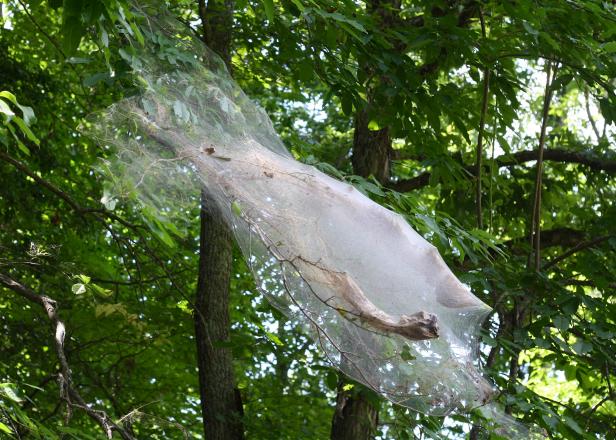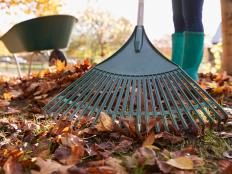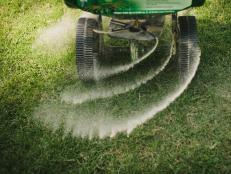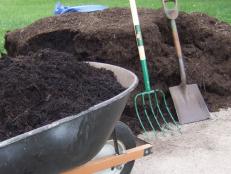Fall Webworms


Some schools are back in session, the air conditioner is getting less of a workout and rows of tomato plants in the garden are being replaced with kale. Signs of an approaching fall are at every turn. Among my least favorite are the amorphous sacks of webbing that appear in the branches of fruit, nut and sweetgum trees on our property.
The fall webworms have arrived.
Appearing in late summer into early fall, these unsightly masses are home to Hyphantria cunea, the fall webworm. Similar to the eastern tent caterpillar, which spins equally unattractive nests in the crotches of tree branches rather than at the ends, fall webworms are the larval form of a small white moth commonly seen in summer months. The caterpillars are about an inch long with pale yellow coloring. They will spend the duration of their larval state inside these nests, feasting on the encased leaves. As the leaves are devoured, the webbed nest will be expanded to accommodate fresh foliage.
Eventually the nests will break apart, dropping future moths to the ground where the pupae will overwinter in bark and debris. Adults will emerge in late spring, laying hundreds of eggs on the underside of leaves, and the cycle begins anew.
The caterpillars mature in about 6 weeks. During that time, the trees may be covered with multiple nests, and leaves are consumed aggressively. In some cases defoliation may be extreme, but lasting damage to trees is rare. The impact of these pests is usually fleeting and strictly cosmetic.
There is generally no harm in leaving these webs intact. Eventually the nests will break apart on their own as webworms prepare to overwinter and leaves will regenerate. They sure aren’t pretty though, and removing them prematurely will quickly restore beauty to the landscape and reduce future outbreaks.
Removal is as easy as it seems. Using a rake or long pole, simply pull down the webs and destroy the webworms by hand. The pest can also be eliminated using biological methods by tearing a hole in the delicate sack and allowing natural predators like yellow jackets, paper wasps and birds access to the caterpillars within. The webs are not predator-proof, and planting predator-attracting plants and flowers around susceptible trees may be enough to encourage webworm-eaters to take care of the problem without getting your hands dirty.
Insecticides are usually not necessary for control of webworms, but in extreme cases, a light coating of appropriate insecticidal spray may be applied to the nest. As the caterpillars move within the nest, they will come into contact with the insecticide without the need to overspray the site.













































